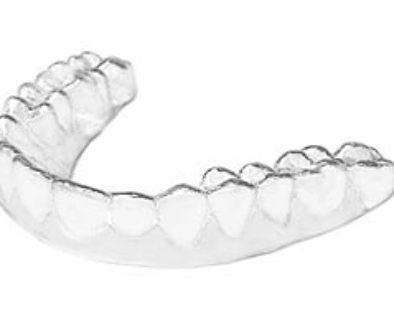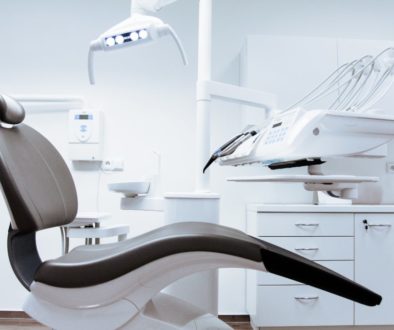What To Do After A Tooth Extraction
 The First 24 Hours After Your Tooth Extraction
The First 24 Hours After Your Tooth Extraction
Be careful while you’re numb as a lot of people have a tendency to bite their lips, cheek, or tongue without knowing it. This is especially common when you’ve had a bottom tooth pulled as your entire bottom lip and side of your tongue are usually numb.
Take medication for pain by the clock for the first 1-2 days. Depending on the type of extraction you had and your pain tolerance, the pain can range from mild soreness to pretty significant pain. The best way to keep it under control is by taking pain medication consistently over the first 48 hours (this is when the pain is the worst). If your dentist prescribed narcotic medications, they may make you drowsy or sleepy. They can also cause nausea, upset stomach, or constipation. Taking your medication with food and drinking a lot of water will help to counteract some of these side effects.
If you’d prefer not to have any impairment, the best medication for pain will be Ibuprofen. I usually recommend 600-800 mg every 6 hours for the first two days. 800 mg every 6 hours is the maximum dosage and shouldn’t be exceeded.
Avoid any hot foods or drinks. This can dissolve the blood clot and cause you to develop a dry socket.
Avoid anything crunchy, spicy, or acidic. Crunchy foods tend to traumatize or get stuck in the extraction socket. Spicy and acidic foods tend to cause a very uncomfortable burning sensation in the area.
For The First Week
Avoid smoking. Smoking impairs your body’s ability to heal. The suction created by the physical act of smoking also has a tendency to dislodge the blood clot leading to a dry socket.
Avoid blowing your nose. For certain teeth, especially top molar teeth, any excess pressure can cause a hole to develop between your sinus and your tooth socket.
Avoid straws. This is the same as with smoking. The sucking motion tends to dislodge your blood clot putting you at a high risk for a dry socket.
Clean your teeth as normal, being slightly more gentle in the area of where the tooth came out. You may experience some very slight bleeding from this which is normal and ok.
What To Do To Control Bleeding
Some people will continue to bleed pretty strongly after a tooth extraction. So what you can do to stop the bleeding after a tooth extraction?
The first thing you should do is bite down firmly on gauze for at least 30 minutes. Don’t chew on it or just hold it in place passively. You want to apply significant pressure by biting down on it hard! Don’t change the gauze out unless it becomes entirely soaked and is no longer absorbing anything else.
If you’re still having bleeding after using gauze as described, take a tea bag (black tea is ideal) and bite down on it just like you did with the gauze. The tea has chemicals known as tannins in it that help control bleeding. Bite on this for at least 30 minutes as well.
Rest and lay down. Your head should be at the same level as your heart. This decreases your blood pressure.
Common Complications
There are quite a few common complications of tooth extractions.
Swelling – Swelling typically is the worst in the first day after the extraction and decreases quickly after that. Swelling is most common in difficult extractions or in extractions where the gum tissue had to be cut.
Bone fragments – During an extraction, small pieces of bone can be dislodged from the tooth socket. Over time these fragments will start to work their way out. You’ll generally feel some discomfort while this is happening and eventually you’ll notice a small sharp piece of bone sticking out of the gum tissue. Small fragments can be pulled out with a pair of tweezers or you can see your dentist to have them remove it.
Dry Socket – A dry socket develops when you’ve lost the blood clot that forms in the socket where the tooth came out. This most commonly occurs with difficult extractions on lower molars but can happen with any tooth. Hot foods and drinks, smoking, and using a straw are all risk factors for developing a dry socket.
Jaw soreness – Jaw soreness after having a tooth taken out is pretty common. It can be the result of the injection, having to stay open too long, or the pressure from the actual extraction. This soreness takes anywhere from a couple of days to a couple of weeks to go away.
Bruising – With difficult extractions or if you bruise easily, you might notice a bruise on the outside of your face near where the tooth was taken out. It’s not usually



